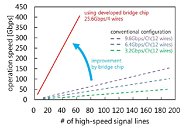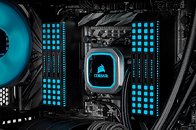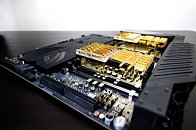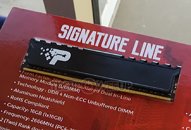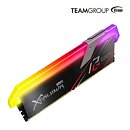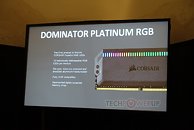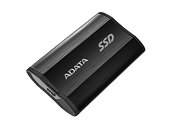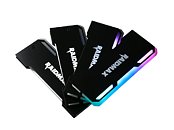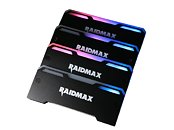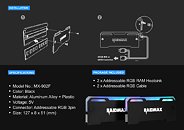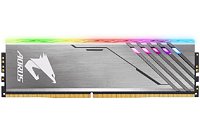
Samsung Begins Mass Production of Industry-First 512GB eUFS 3.0
Samsung Electronics Co., Ltd., the world leader in advanced memory technology, today announced that it has begun mass producing the industry's first 512-gigabyte (GB) embedded Universal Flash Storage (eUFS) 3.0 for next-generation mobile devices. In line with the latest eUFS 3.0 specification, the new Samsung memory delivers twice the speed of the previous eUFS storage (eUFS 2.1), allowing mobile memory to support seamless user experiences in future smartphones with ultra-large high-resolution screens.
"Beginning mass production of our eUFS 3.0 lineup gives us a great advantage in the next-generation mobile market to which we are bringing a memory read speed that was before only available on ultra-slim laptops," said Cheol Choi, executive vice president of Memory Sales & Marketing at Samsung Electronics. "As we expand our eUFS 3.0 offerings, including a 1-Terabyte (TB) version later this year, we expect to play a major role in accelerating momentum within the premium mobile market."
"Beginning mass production of our eUFS 3.0 lineup gives us a great advantage in the next-generation mobile market to which we are bringing a memory read speed that was before only available on ultra-slim laptops," said Cheol Choi, executive vice president of Memory Sales & Marketing at Samsung Electronics. "As we expand our eUFS 3.0 offerings, including a 1-Terabyte (TB) version later this year, we expect to play a major role in accelerating momentum within the premium mobile market."



